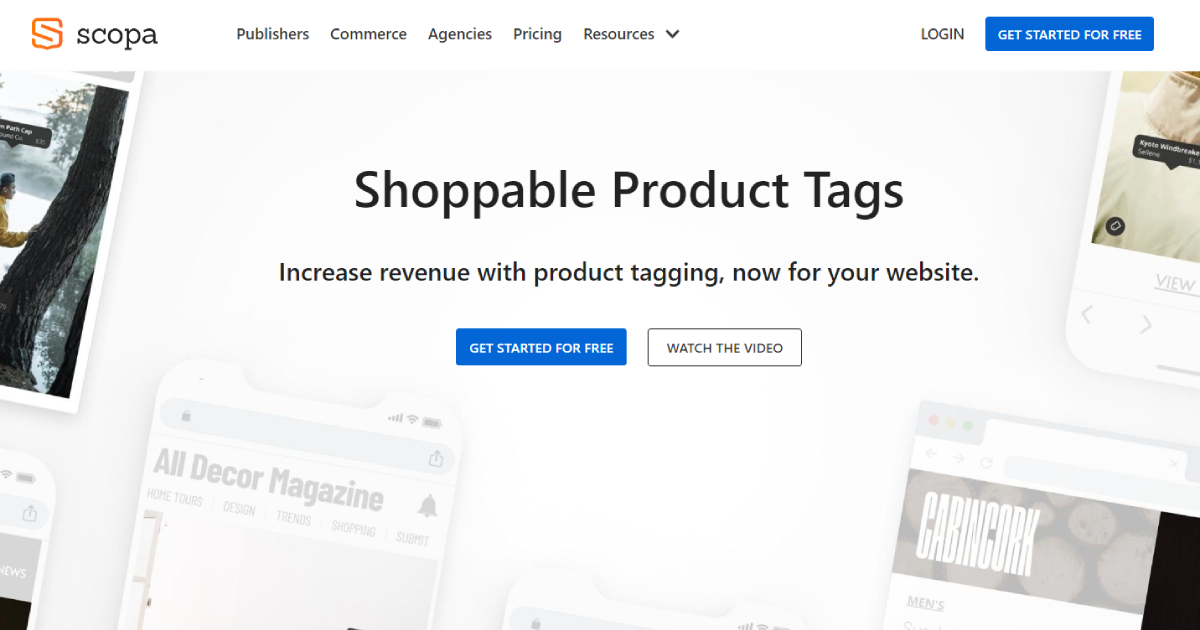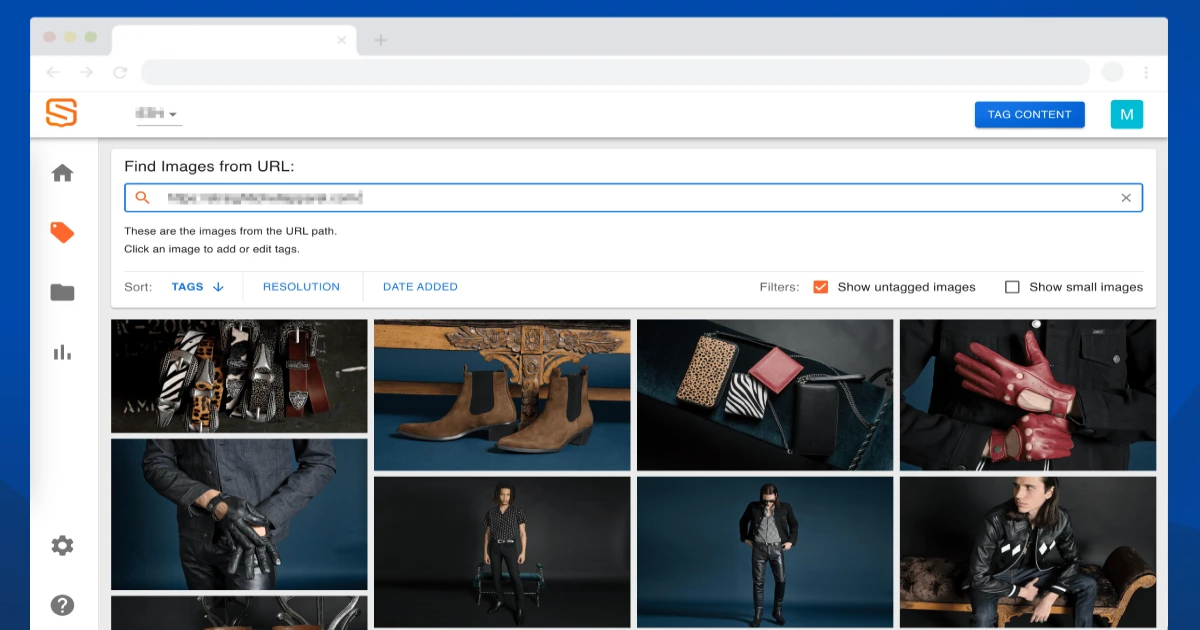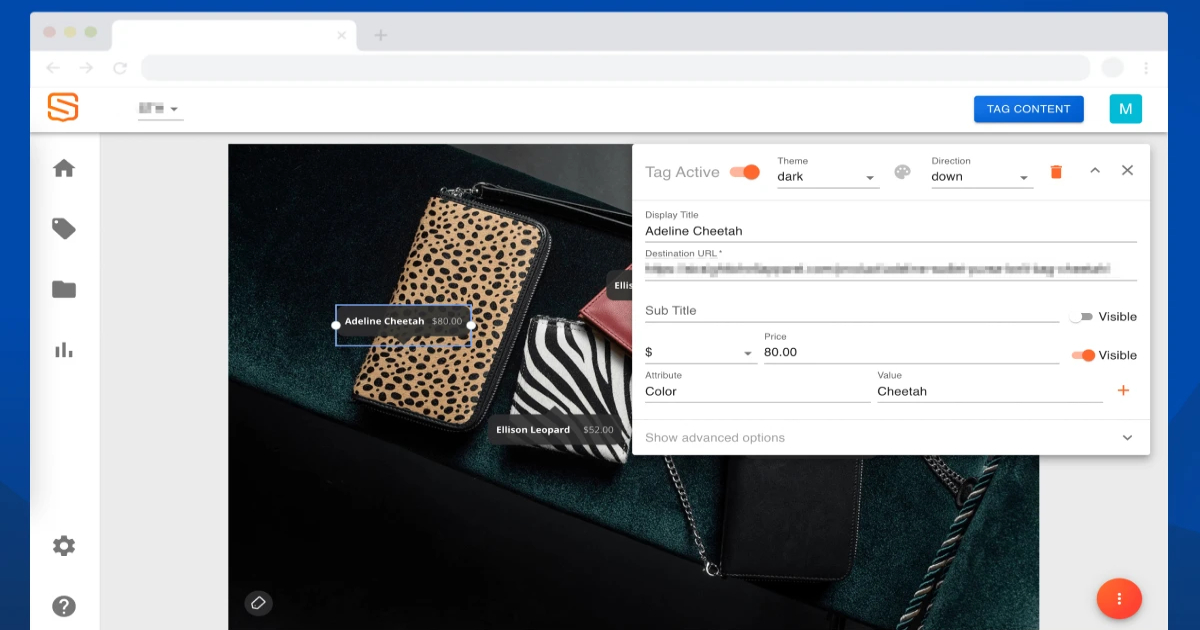One of the most significant issues with online shopping is endless browsing. People spend more time just browsing products than shopping. Whether reviewing products or making them yourself, people want to spend as few clicks as possible on finding trending products.
And as people browse your content, they might notice something worth purchasing. But they might give up since you don’t have a direct way of leading them to products. Or worse, they’ll search for similar products online and end up at your rivals.
That’s why you need a tool that can directly lead viewers to your products.
Scopa – The Perfect Tool to Add Image Tags

With Scopa, you can tag shoppable products on your website to improve sales. Images are a massive tool for gaining online viewership. After all, there’s a good reason why the saying “a picture is worth a thousand words” exists. Images can drive your engagement, make your viewership feel closer to you, and help them visualize your writing.
That being said, online images take up a lot of space, not necessarily in technical terms, but definitely in the visual overview of the viewer. Therefore if you’re reviewing items or are directly trying to sell them, you need to use that space more efficiently.
Instead of just having an image that does nothing, you can add tags that directly lead to shoppable products with Scopa. Instead of using social media as a workaround, you should have interactive product tags on your website.
Usually, when presenting images, people need to click on a separate page where they’ll find the link to the product. And that’s the best-case scenario. Using Scopa, you’ll be able to circumvent the entire process by creating tags for products on the images. Without any muss or fuss, your viewers will easily be driven toward your shopping section.
How to Set Up the Tags With Scopa

Setting up your Scopa tags is easy; even a total eCommerce beginner could do it. All you need to do is copy and paste product URLs. And from there on, your tag is set. The basics of Scopa are pretty simple, but don’t let that deceive you.
This tool can customize your images with multiple product tags, create unique tags that portray additional information, and adapt to your overall theme. If you’re running a website that caters to a specific audience, having additional information could be extremely useful.
A good example would be a thrifting website. Websites provide a unique shopping experience, but customers need to know where the piece came from. With Scopa, you can create a tag with a nice intro to the history of the product and how it came to be. Another vital feature of adding additional components to your tag is by adding the price tag.
Hidden prices are the most frequent reasons people give up on products. Being honest and upfront about products may encourage better conversions.
Customize Your Tags

It’s essential to keep track of popular online trends and adapt your tag style to them. These little customizations are vital in driving up sales. They allow you to change minimal amounts of your content to improve your results massively.
And the best way to find out how these changes impact your business is through Scopa. In it, you can preview how your product tags look and make sure they feel naturally integrated. After you launch product tags, you’ll be able to track performance and determine any potential weaknesses.
With Scopa, you can see precisely who clicked on your product tag, hovered over the image, and went through with a sale. This is an essential piece of information as it shows you where you need to focus your marketing.
Improve Your Sales With Scopa Tags

Scopa is a potent tool to improve sales. But it’s essential to use it where its features are most vital. Instead of applying the tool on an eCommerce webshop, use it in your blogs and articles that help with engagement. That way, you’re using the potential of the tool while at the same time optimizing the efficiency of your blogs.
And if you’re not running an eCommerce business, consider using this tool. Travel or hobby bloggers often deal with many products on their sites. So having Scopa help viewers find their products instantly can massively improve the blog’s popularity. Not only do you handle promotions better, but you’re also creating a more intuitive space for your viewers.
Conclusion
With the ever-increasing competition of eCommerce websites, people need an extra edge to grow their businesses. Scopa can be that edge for you. It transforms the unused space inside images to add interactive product tags.
Instead of having a separate link inside the blog, you can automatically show a connection between your image and its product info. You no longer need to use any third-party proxies. Instead, you’ll be able to create and promote products by yourself.
